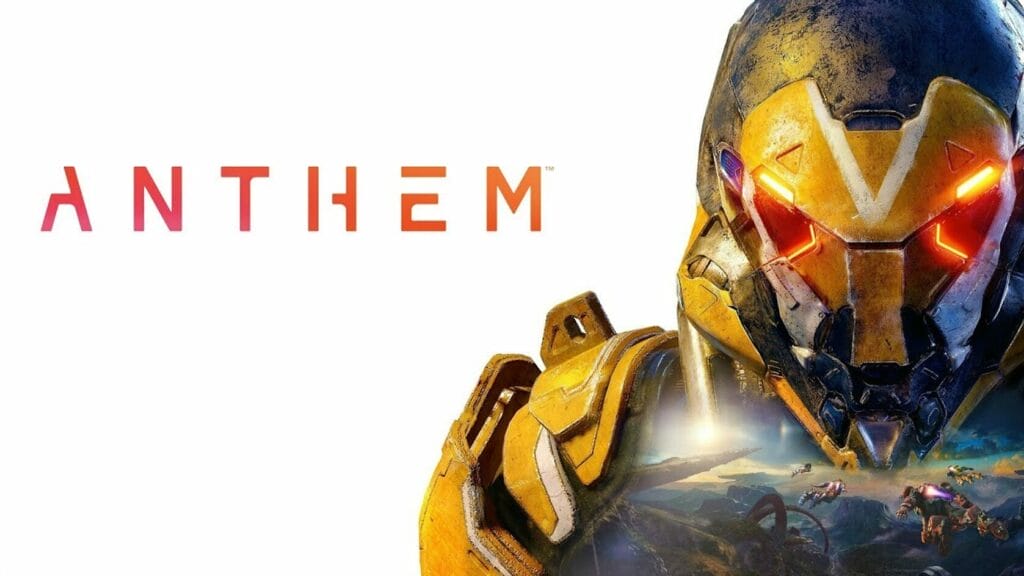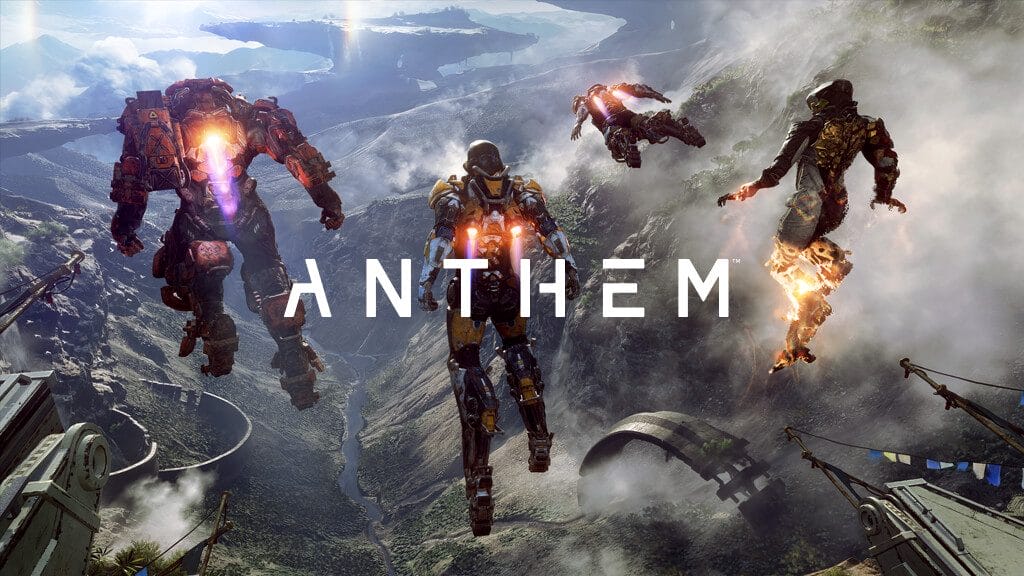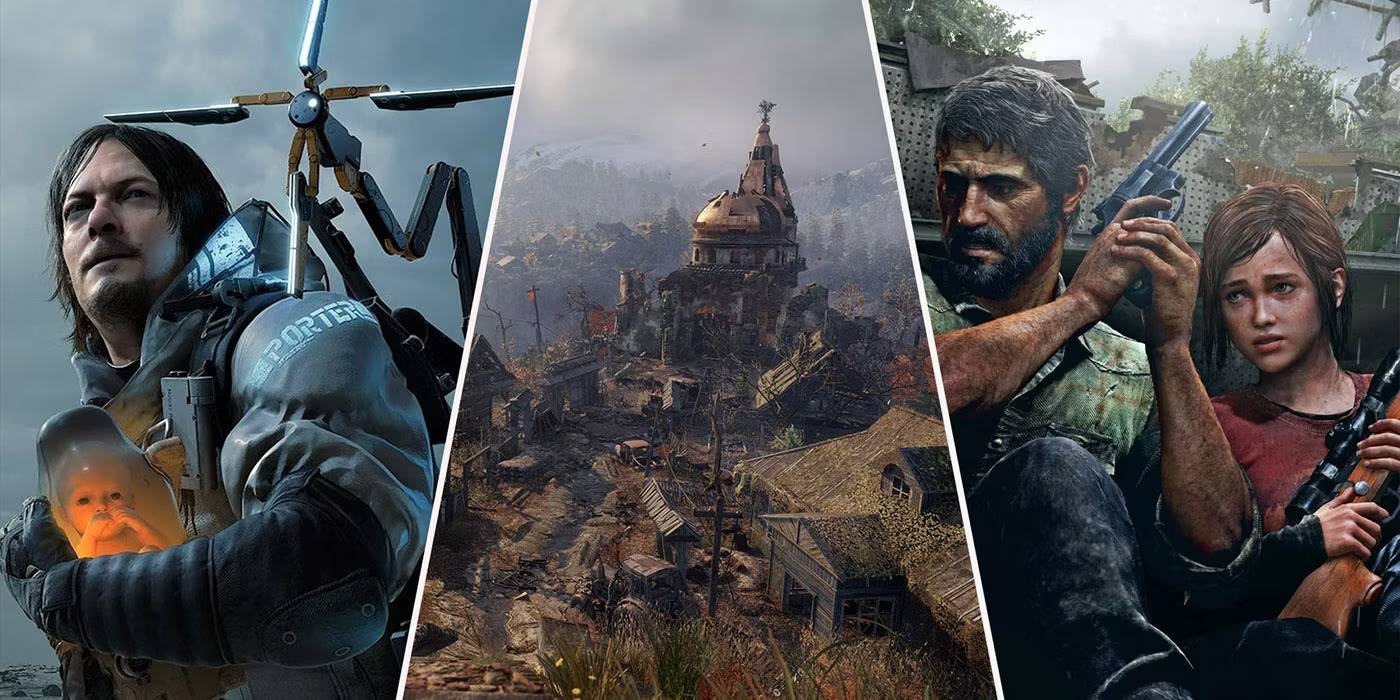Anthem, developed by BioWare and published by Electronic Arts, faced significant criticism and disappointment upon its release. However before said release, the trailers showed a sprawling world of Iron Man movement and looter shooter elements that engage a wide audience. Here are several factors that contributed to its negative reception:
Lack of Content:
- Anthem launched with a limited amount of content compared to other games in the looter shooter genre. The main story campaign was relatively short, and the endgame content consisted mainly of repetitive missions, known as “Strongholds,” and grinding for loot.
- The lack of variety in mission types and objectives made gameplay feel monotonous and uninspired. Players quickly exhausted the available content and found themselves repeating the same activities to progress.
Technical Issues:
- Anthem suffered from numerous technical problems at launch, including frequent crashes, server issues, and performance optimization problems.
- Bugs and glitches affected gameplay mechanics, such as enemies disappearing or becoming invincible, missions failing to complete properly, and players getting stuck in terrain or objects.
- Poor optimization led to inconsistent frame rates, long loading times, and overall sluggish performance, particularly on consoles and lower-end PCs.

Poor Storytelling:
- Despite BioWare’s reputation for strong storytelling in games like the Mass Effect and Dragon Age series, Anthem’s narrative fell short of expectations. The main story campaign lacked depth and failed to engage players emotionally.
- Characters were poorly developed, with limited dialogue options and shallow personalities. Players struggled to connect with them or become invested in their arcs.
- The world-building and lore of Anthem’s setting, the world of Bastion, were deemed superficial and underexplored, leaving players with little incentive to learn more about the game’s universe.
Lack of Communication:
- BioWare’s communication with the player base was perceived as inadequate, especially regarding addressing the game’s issues and future development plans.
- Players felt left in the dark about the studio’s efforts to fix bugs, improve performance, and add new content. This lack of transparency contributed to a sense of frustration and abandonment among the player community.

Endgame Grind and Progression:
- Anthem’s endgame progression was criticized for its lack of depth and meaningful rewards. The loot system was imbalanced, with players often receiving duplicate or underpowered items.
- Character customization options were limited, with few meaningful choices in terms of abilities, gear, and cosmetics. Progression felt slow and unrewarding, leading many players to lose interest in pursuing higher-level content.
Unfulfilled Promises:
- Leading up to its release, Anthem was hyped as a revolutionary experience with a dynamic and evolving world, engaging cooperative gameplay, and a compelling story.
- However, many of these promises were not fulfilled upon launch. The game’s world felt static and lifeless, lacking the dynamic events and emergent gameplay that were advertised. Cooperative gameplay also fell short of expectations, with limited teamwork mechanics and uninspired mission design.
How about you? Have you played Anthem? We’d love to hear from you.
Other things you might want to know:
Why did Anthem shut down?
A lack of audience retention led to Anthem’s shutdown.
Why did Anthem fail?
A lack of gameplay mechanics and content.
Can we still play anthem?
Full production ended in February 2021, so its best not to venture back into the world of anthem.
Check out other articles by month:







